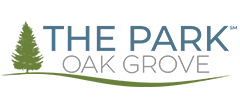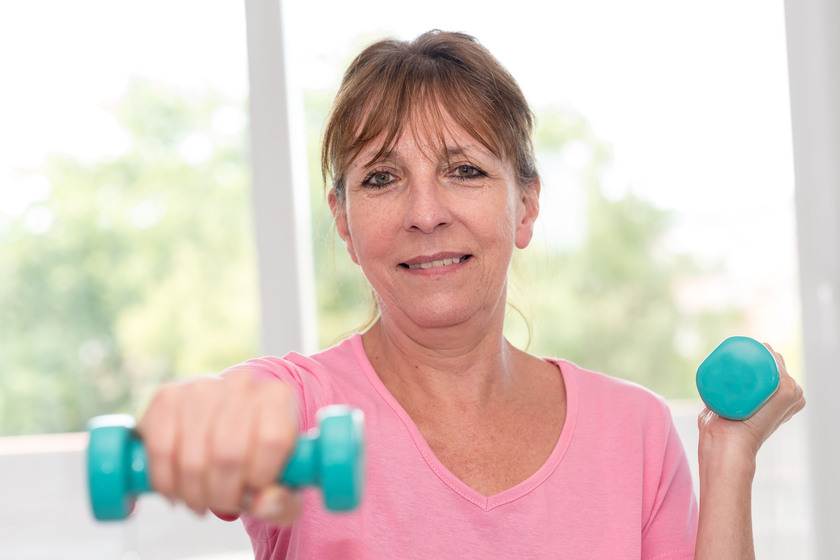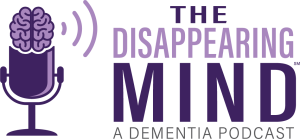When a stroke occurs, it can be a life-altering event for both the individual affected and their loved ones. For those in retirement communities who are living with stroke, maintaining an active lifestyle might not seem like a top priority. However, it’s essential to understand that staying active can have a profound impact on the well-being and quality of life for your loved ones in their golden years. In this article, we’ll explore why staying active while living with stroke is crucial and how it can benefit residents in retirement communities.
Improved Physical Function
One of the most significant benefits of staying active after a stroke is the improvement in physical function. Stroke survivors often experience weakness, loss of mobility, and muscle stiffness. Regular physical activity, under the guidance of healthcare professionals and rehabilitation team members, can help alleviate these issues.
Senior exercise programs tailored to the individual’s needs can target specific muscle groups and movements affected by stroke. This can lead to increased strength, flexibility, and balance, making everyday tasks like walking, dressing, and eating more manageable. By actively participating in physical therapy and exercise routines, residents in retirement communities can regain a level of independence they may have thought was lost forever.
Enhanced Cardiovascular Health
Living with stroke can put individuals at risk for cardiovascular problems due to the damage done to blood vessels and the heart. Staying physically active can significantly reduce this risk. Regular aerobic exercise, such as walking, swimming, or stationary cycling, can improve cardiovascular health by increasing heart and lung function.
By engaging in cardiovascular workouts, those in retirement communities can lower their blood pressure, reduce the risk of blood clots, and enhance overall circulation. This, in turn, can decrease the chances of experiencing another stroke or related complications. It’s important for stroke survivors to work closely with their healthcare team to develop a safe and effective exercise plan tailored to their specific needs and abilities.
Mental and Emotional Well-being
Living with stroke not only affects the body but also takes a toll on mental and emotional health. Feelings of frustration, depression, and anxiety are common among stroke survivors. However, staying active can have a positive impact on these emotional challenges.
Physical activity triggers the release of endorphins, which are natural mood lifters. Engaging in exercise can help combat feelings of sadness and improve overall mental well-being. Additionally, the social aspect of group exercise classes or engaging in physical activities with fellow residents in retirement communities can reduce feelings of isolation and boost self-esteem.
Prevention of Secondary Complications
Stroke survivors often face secondary complications such as pressure sores, muscle contractures, and urinary tract infections due to reduced mobility. Staying active can significantly reduce the risk of these complications. Regular movement and exercise help maintain healthy skin, prevent muscle stiffness, and enhance bladder and bowel function.
Furthermore, exercise can aid in maintaining a healthy weight, which is essential for preventing conditions like diabetes and heart disease that can complicate the recovery process. By actively participating in an exercise regimen, residents in retirement communities can lower their risk of experiencing these secondary complications, leading to a better quality of life.
Enhanced Quality of Life
Ultimately, the goal of staying active while living with stroke is to improve the overall quality of life for residents in retirement communities. Physical activity not only helps with physical and mental well-being but also fosters a sense of accomplishment and purpose. It allows stroke survivors to take an active role in their own recovery, promoting a positive mindset and outlook on life.
In retirement communities, various opportunities for physical activity are often available, from group exercise classes to therapeutic recreational activities. It’s crucial for your loved ones to take advantage of these offerings, with the guidance and support of their healthcare team, to enjoy a fulfilling and active life post-stroke.








